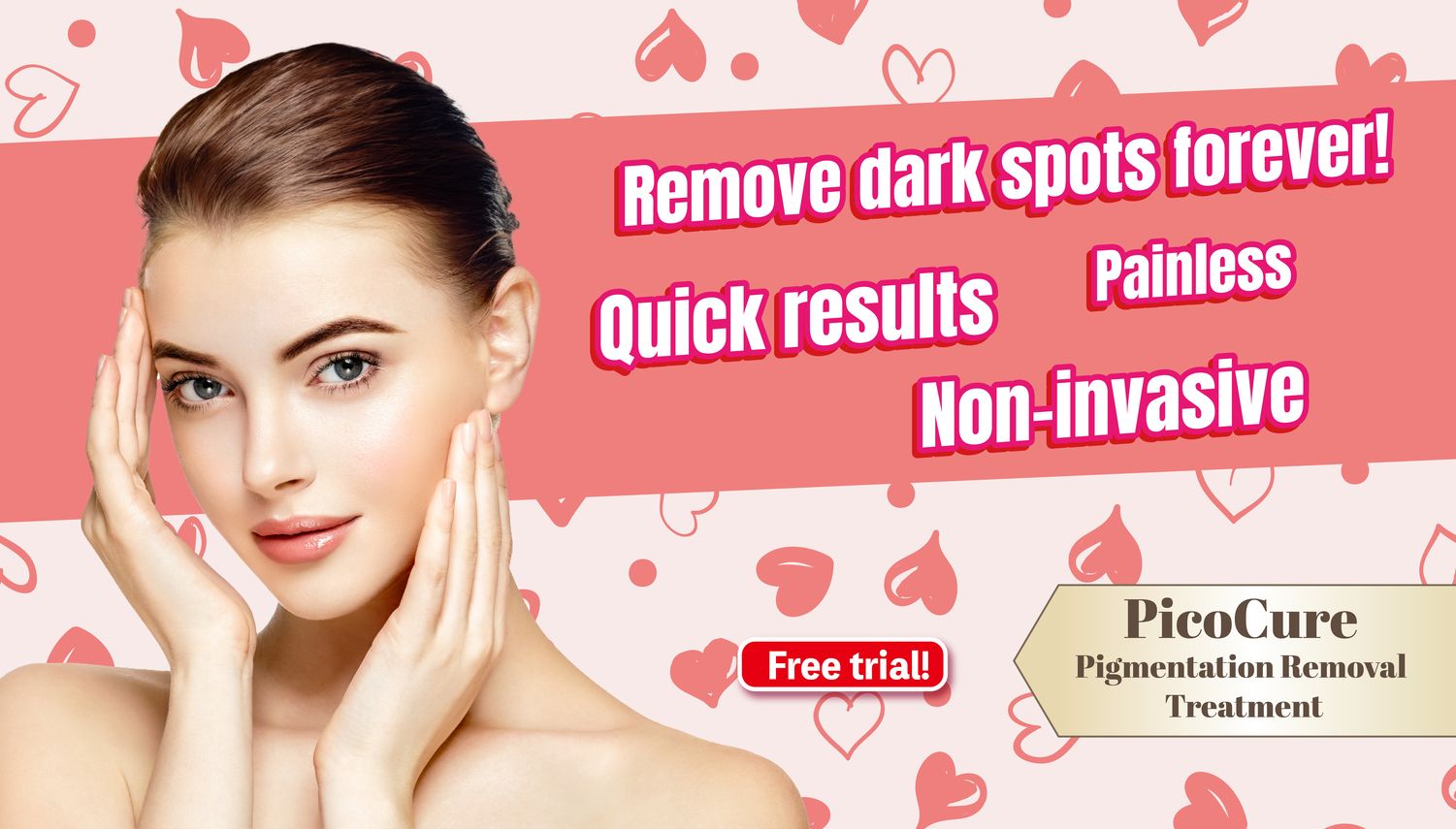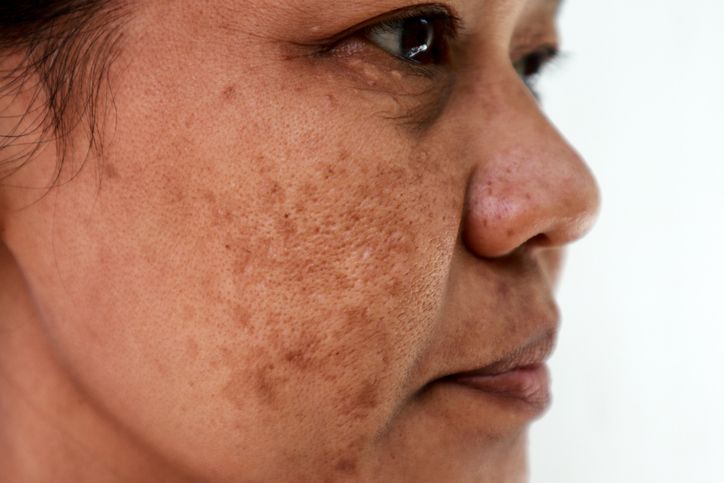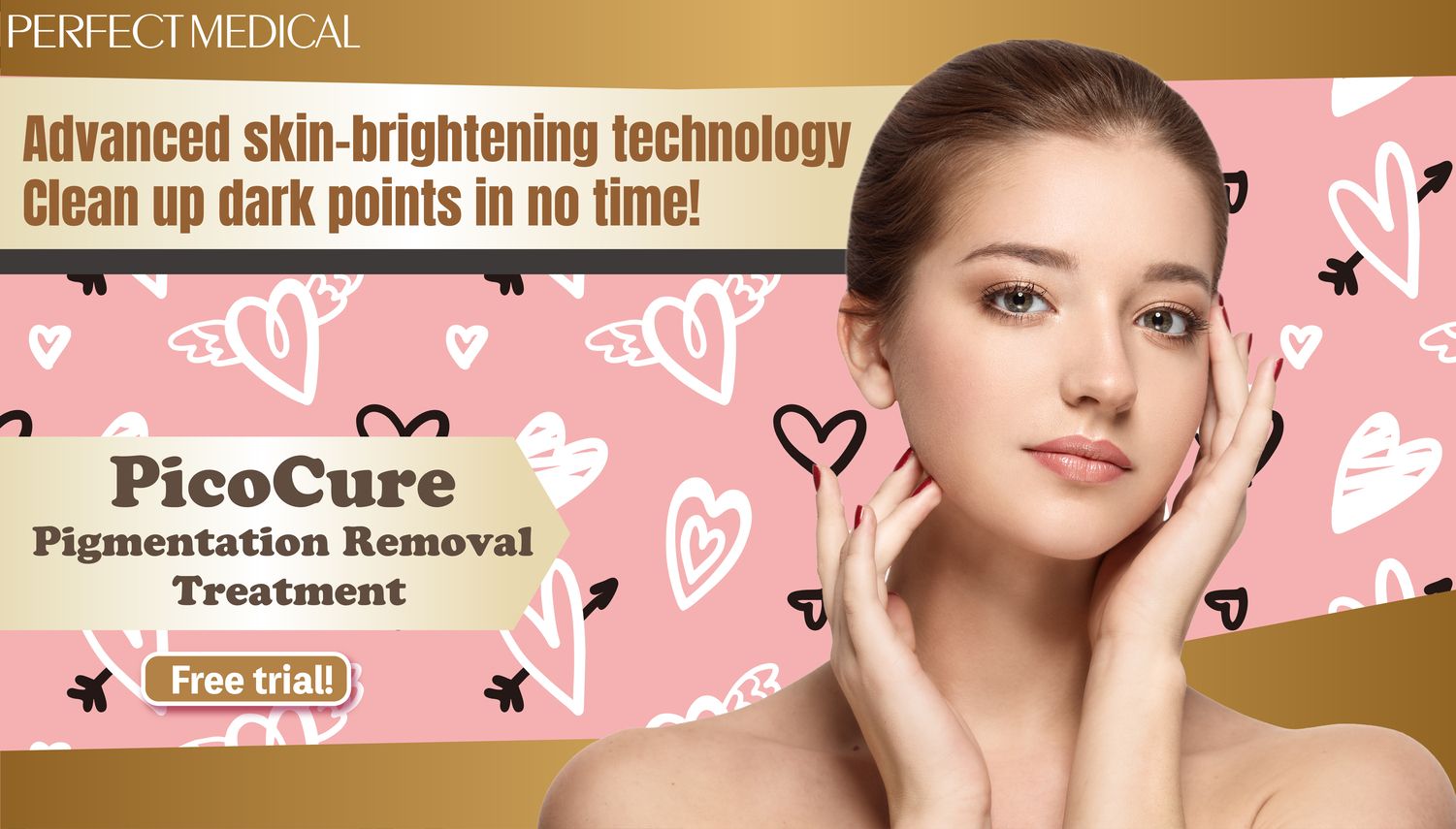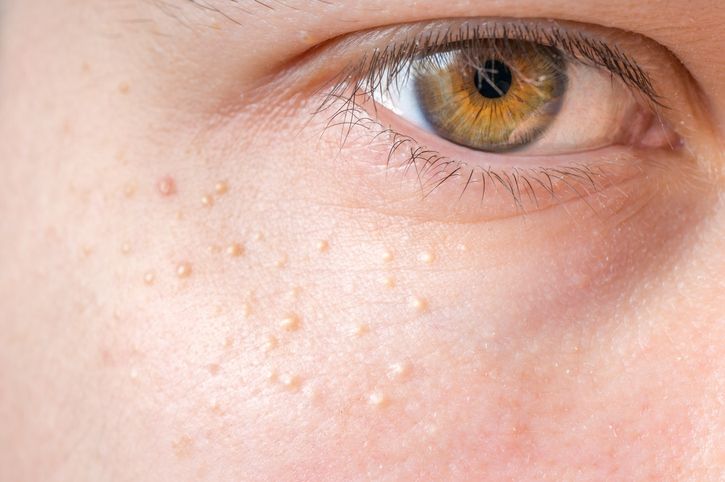- Home
- Trend
- Weight Loss Strategies
- Acne Tips
- Hair Health Information
- Blemish Removal Tips
- Acne Scar Removal Tips
- Muscle Building Techniques
- Intimate Care Tips
- Postpartum Intimate Care
- Eye Bags Wiki
- Tips for Face Slimming
- Secret of Permanent Hair Removal
- Breast Enlargement Tips
- Cure to Snoring
- Marionette Lines
- Skin-Tightening Secrets

免費體驗
PicoCure Pigmentation Removal Treatment
1 Minute Self-Registration
Date should not be before minimal date
Understanding skin pigmentation can be complicated because it involves many factors like genetics, sun exposure, hormones, and injuries to the skin. When things go wrong, it can lead to pigmentation disorders like dark spots, melasma, or age spots. These issues can affect anyone, no matter their skin tone, and can make people feel really self-conscious. But the good news is, technology has come a long way, and there are options available to help. Let's learn more about this issue and explore the solution today!
1
What are Skin Pigmentation Problems?

2
What Can Cause These Pigmentation Problems?

1. Exposure to the sun
2. Harsh Chemicals
3. Allergens
4. Hormonal Changes
5. Skin Trauma or Injuries
6. Chemical Exposure
3
What Happens If You Have a Pigmentation Issue? Types of Pigmentation Disorders

Hyperpigmentation
Hypopigmentation
Texture Changes
Psychological Impact
Increased Sun Sensitivity
4
Risk of Misdiagnosis

1. Post-inflammatory Hyperpigmentation (PIH)
2. Melasma
3. Age Spots
4. Birth Control Pill-Induced Pigmentation

免費體驗
PicoCure Pigmentation Removal Treatment
1 Minute Self-Registration
Date should not be before minimal date
5
Best Treatment to Treat Hyperpigmentation & Other Skin Problems

Key Benefits of Picoway Picosecond Laser Treatment
Why Choose Picoway Picosecond Laser Treatment over Traditional Methods?
6
Closing Thoughts


免費體驗
PicoCure Pigmentation Removal Treatment
1 Minute Self-Registration
Date should not be before minimal date
FAQ

1. What are some factors that contribute to skin hyperpigmentation in individuals with darker skin tones?
Skin hyperpigmentation can be influenced by various factors, including genetics, hormonal changes, and sun exposure. Individuals with darker skin tones are particularly prone to developing hyperpigmentation due to increased melanin production in their skin cells.
2. How do skin lightening creams work to address hyperpigmentation concerns?
Skin lightening creams typically contain ingredients that inhibit melanin production in skin cells, such as hydroquinone, kojic acid, or vitamin C. These creams work by suppressing the activity of melanocytes, leading to a gradual lightening of dark spots and achieving a more even skin tone.
3. Can certain medications exacerbate skin irritation and lead to hyperpigmentation issues?
Yes, certain medications, such as topical corticosteroids or oral contraceptives like birth control pills, can increase the risk of skin irritation and hyperpigmentation. It's essential to consult with a healthcare professional before starting any new medication to understand potential side effects and risks.
4. How does oral tranexamic acid help in treating skin hyperpigmentation, including melasma?
Oral tranexamic acid is known for its ability to inhibit the production of melanin in skin cells, making it an effective treatment option for hyperpigmentation conditions like melasma. By reducing melanin synthesis, tranexamic acid helps lighten dark spots and achieve a more balanced skin tone over time.
5. Are there natural remedies, such as green tea extract, that can help lighten skin and improve overall skin condition?
Yes, green tea extract is rich in antioxidants and anti-inflammatory properties, making it a popular natural remedy for various skin concerns, including hyperpigmentation. Applied topically or consumed orally, green tea extract can help reduce melanin production, lighten dark spots, and promote healthier skin cells throughout the entire body.









